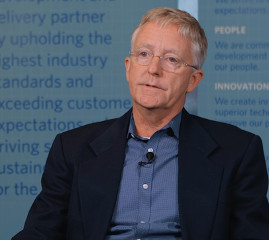
George Buchman, Ph.D.
Research Fellow, Product Development, Catalent Cell and Gene Therapy
Supply chain issues caused by the pandemic, and other global disruptions since, have led to inconsistencies in the ability to source key raw materials, consumables and requisite release testing. Long lead times and stock outs can impact the ability to schedule batches, which can in turn delay production, product release, or both. During this period, many discovery and early stage organizations experienced difficulty as COVID-19 vaccines and late stage therapies were prioritized. To mitigate future risk, many companies have secured secondary supply sources, extended their buying horizons, and increased their inventory of critical materials. Some have also integrated supply of key materials into their own operations, as with pDNA supply as mentioned earlier, and developed improved business analytics to identify and track potential supply risks earlier, giving them more time to respond to potential issues. A positive outcome emerging from the last three years comprises a strategy adopted by some therapy manufacturers toward platform process and testing standardization. By aligning and streamlining materials and processes, producers of therapies may be more responsive both in favorable as well as challenging times, assuring therapeutic supply to the clinic and the market.